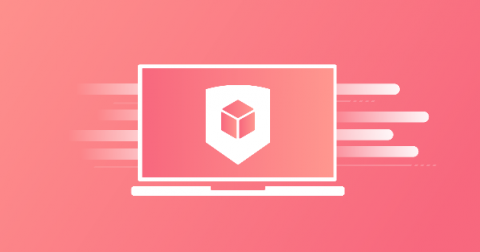Application vulnerability management best practices
Over the years, application vulnerability management has been vital to DevSecOps — which emphasizes shared security responsibility across teams. However, as development practices have evolved, security teams must learn how to adapt and meet developers within their existing workflows. For example, containerization, infrastructure as code (IaC) AI coding assistants, and increased reliance on third-party code are all commonplace in the typical development lifecycle.










